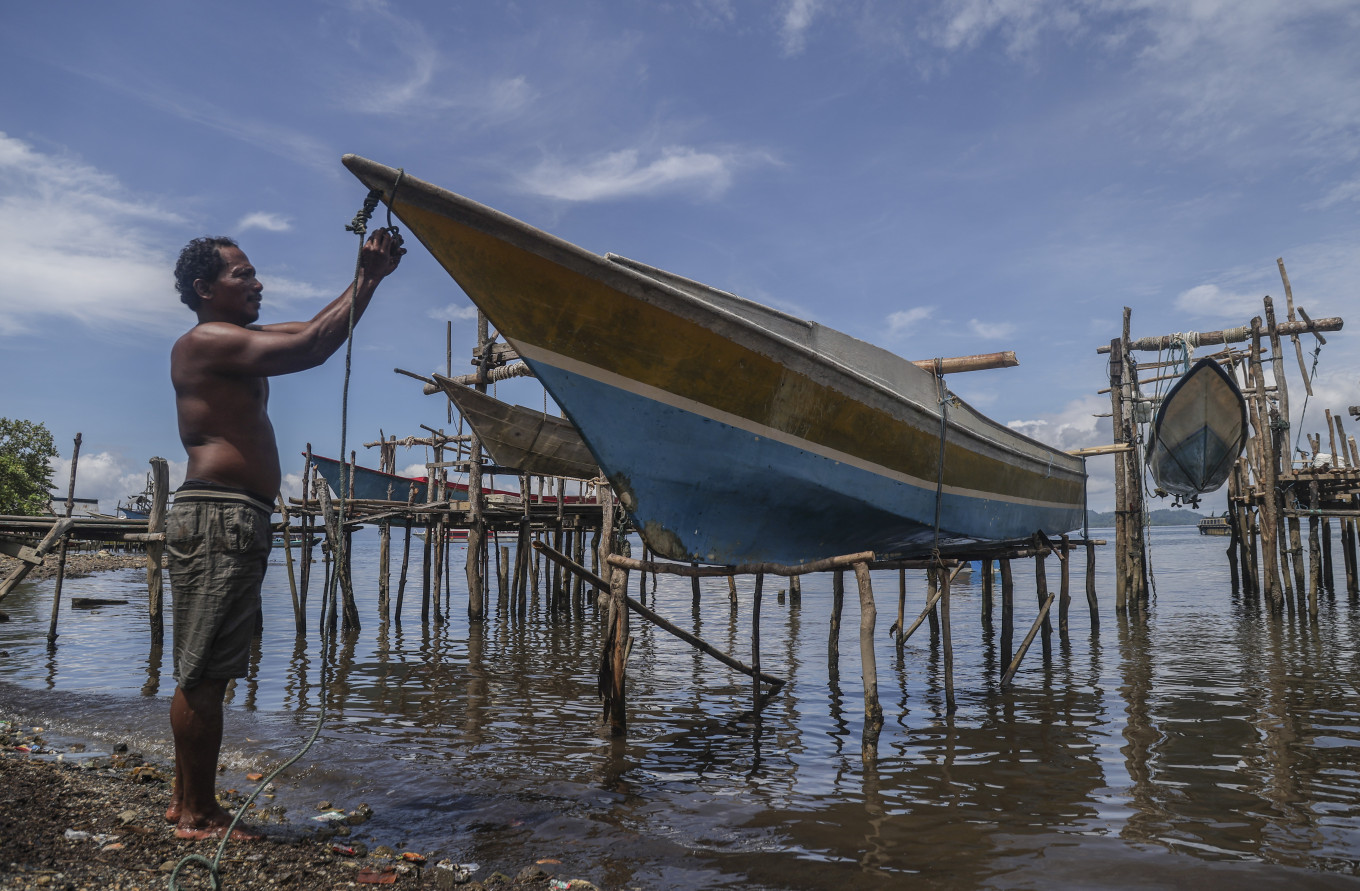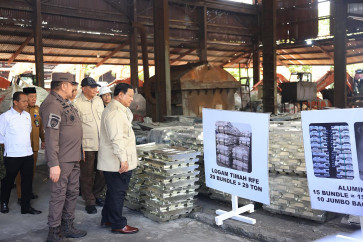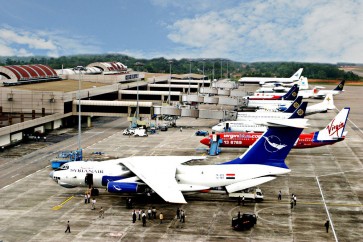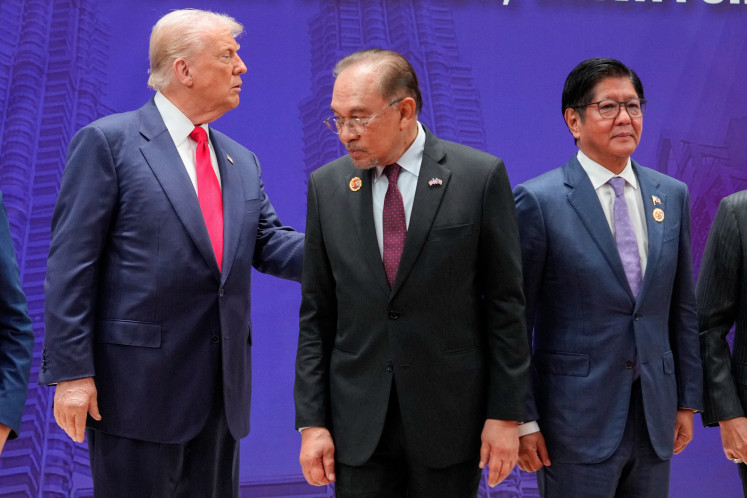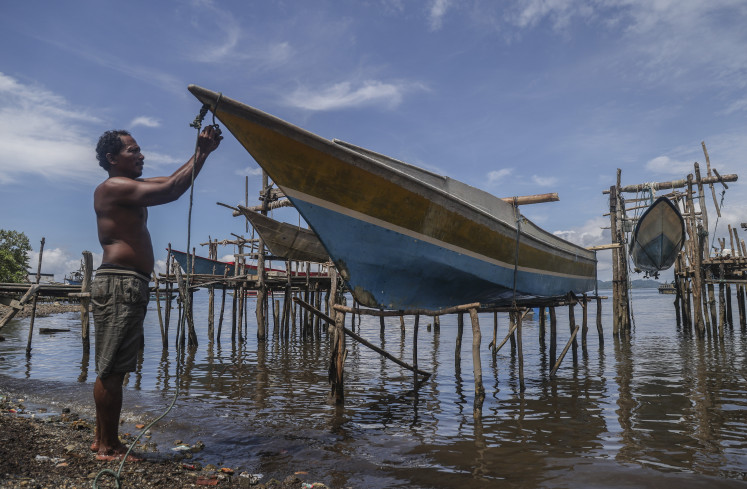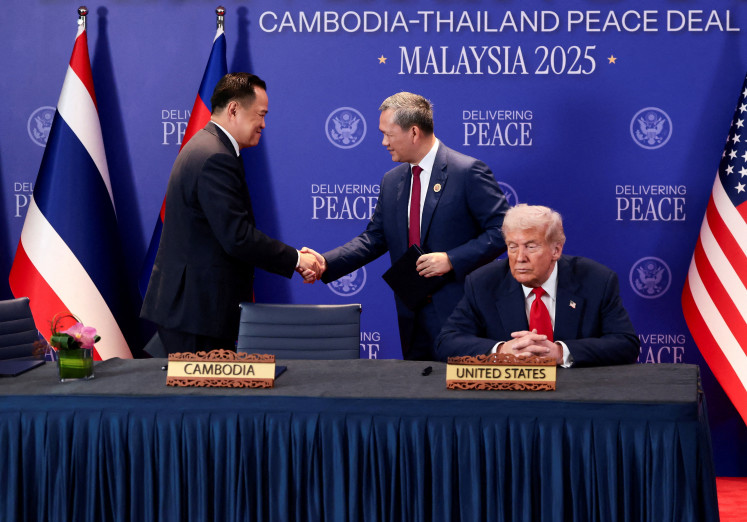Popular Reads
Top Results
Can't find what you're looking for?
View all search resultsPopular Reads
Top Results
Can't find what you're looking for?
View all search resultsBuilding a climate-resilient, high-growth Indonesia
Achieving both goals requires a balanced development strategy that prioritizes sustainable development, equitable economic transformation, innovation and environmental sustainability.
Change text size
Gift Premium Articles
to Anyone
A
ll Indonesian people have been yearning for Indonesia to be a developed, prosperous and sovereign country. In an era of disruption and climate change, to realize such goal, the government under President Prabowo’s leadership has set an ambitious dual objective: to become one of the world’s leading and prosperous economies by 2045 with an economic growth rate of 8 percent starting in 2029, while simultaneously fulfilling its climate commitments, including the Nationally Determined Contributions (NDCs) under the 2015 Paris Agreement.
Achieving both goals requires a balanced development strategy that prioritizes sustainable development, equitable economic transformation, innovation and environmental sustainability.
Indonesia’s economic development strategy is increasingly tied to its environmental and climate agenda. In its first NDC announced in 2016, the government aimed to reduce green house gas (GHG) emissions by 31.89 percent with its own resources and up to 43.20 percent with international support by 2030. This transition is embedded in national planning documents such as the National Medium-Term Development Plan (RPJMN) and the Long-Term Strategy for Low Carbon and Climate Resilience (LTS-LCCR).
Indonesia submitted its Second Nationally Determined Contribution (SNDC) on Oct. 27. The document outlines the government’s commitment to reducing GHG emissions in 2031-2035 and beyond, using the 2019 emissions as baseline and 8 percent of economic growth target by 2029. Based upon such an emission baseline and growth target, Indonesia is expected to reach its peak GHG emissions level in 2030 at 1.49 giga tonnes of carbon dioxide equivalent (CO2e), before gradually declining and reaching a negative emissions level of 0.071 gT by 2060.
To sustain economic growth while lowering emissions, Indonesia must be shifting from a resource-driven extractive development model to one driven by value-added processing, innovation and green investment.
In the energy sector which contributes nearly 35 percent of the country’s total greenhouse gas emissions, Indonesia has to implement four key policies: expanding renewable energy capacity and uses through solar, biofuel, geothermal, hydro, wind and ocean energy; phasing down coal by retiring aging power plants and restricting new coal financing; developing the electric vehicle (EV) ecosystem, leveraging Indonesia’s large nickel reserves to become a battery and EV production hub and improving energy efficiency across industries, transport, and buildings.
The Just Energy Transition Partnership (JETP), backed by international partners, plays a critical role by providing access to US$ 20 billion in climate financing and technology transfer.

